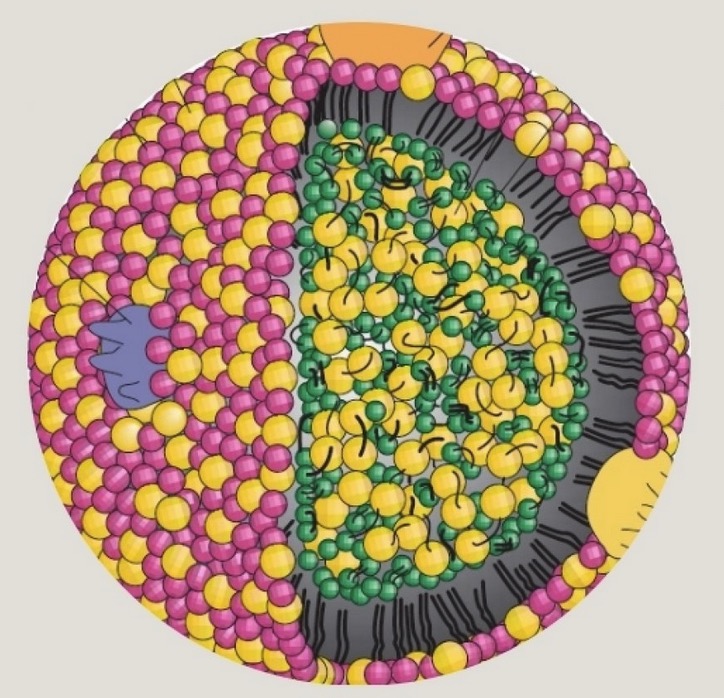“we provide a direct molecular mechanism for the regulation of misfolded proteins by ketone bodies and related metabolites.”…“Given that proteostatic mechanisms like autophagy are known to be activated by nutrient deprivation, it is unsurprising that evolutionary pressures would encourage the clearance of patho- genic proteins during ketosis to promote cellular health in organisms seeking additional substrate for ATP production. In this situation, ketone bodies are janitors of damaged proteins, chaperoning away molecular waste so organisms can operate at peak molecular fitness. This mechanism can be leveraged for therapeutic development in aging and NDDs,”
Summary:
Loss of proteostasis is a hallmark of aging and Alzheimer disease (AD). We identify β-hydroxybutyrate (βHB), a ketone body, as a regulator of protein solubility. βHB primarily provides ATP substrate during periods of reduced glucose availability, and regulates other cellular processes through protein interactions. We demonstrate βHB-induced protein insolubility is not dependent on covalent protein modification, pH, or solute load, and is observable in mouse brain in vivo after delivery of a ketone ester. This mechanism is selective for pathological proteins such as amyloid-β, and exogenous βHB ameliorates pathology in nematode models of amyloid-β aggregation toxicity. We generate libraries of the βHB-induced protein insolublome using mass spectrometry proteomics, and identify common protein domains and upstream regulators. We show enrichment of neurodegeneration-related proteins among βHB targets and the clearance of these targets from mouse brain. These data indicate a metabolically regulated mechanism of proteostasis relevant to aging and AD.
Full paper available at Cell.com

